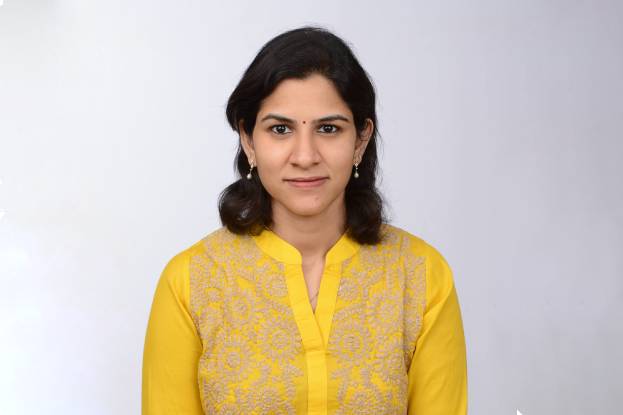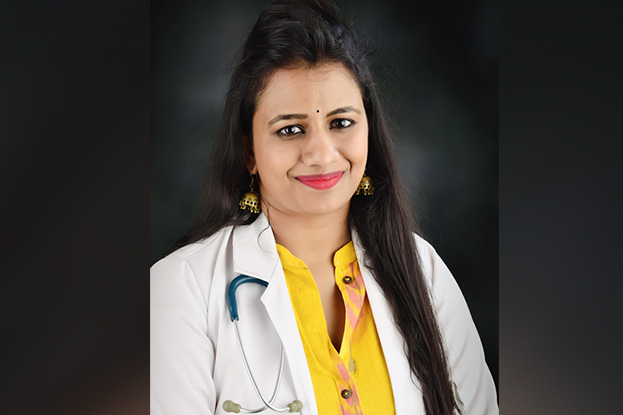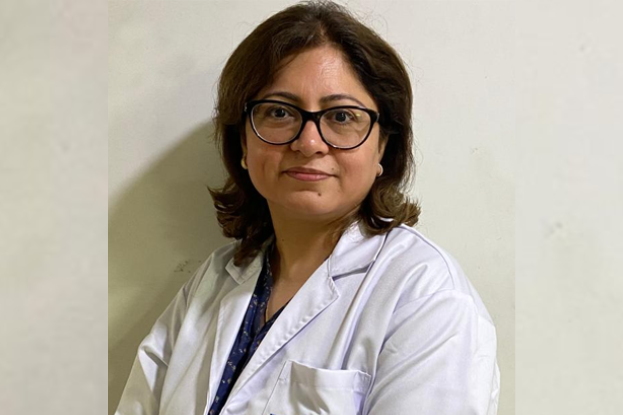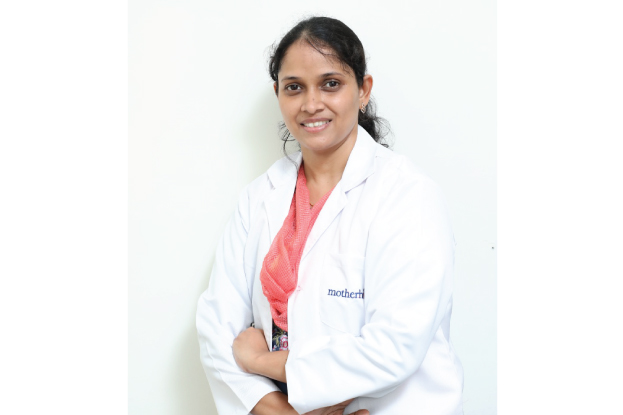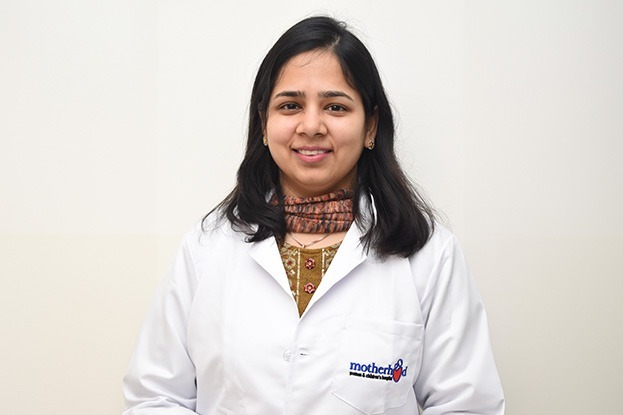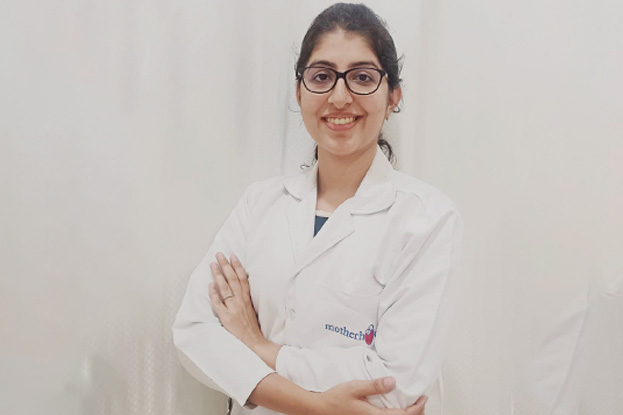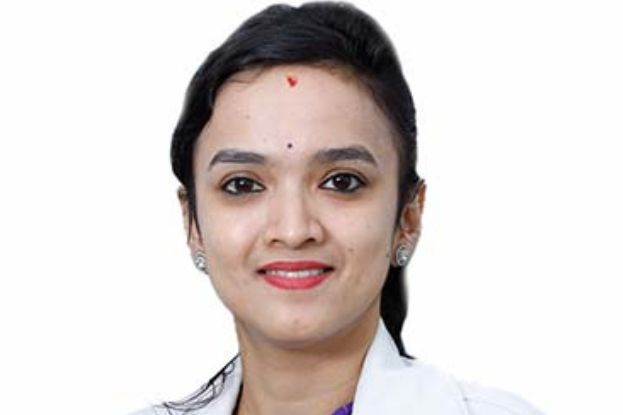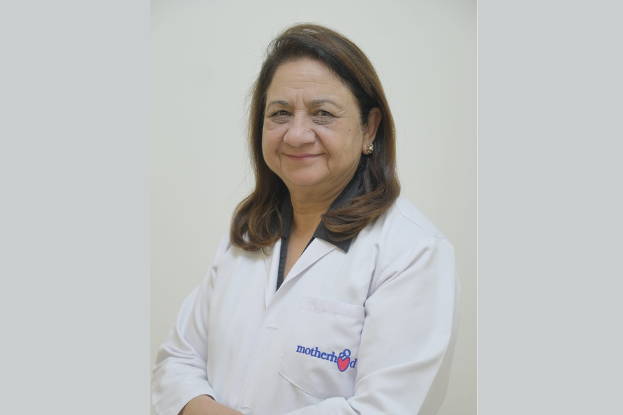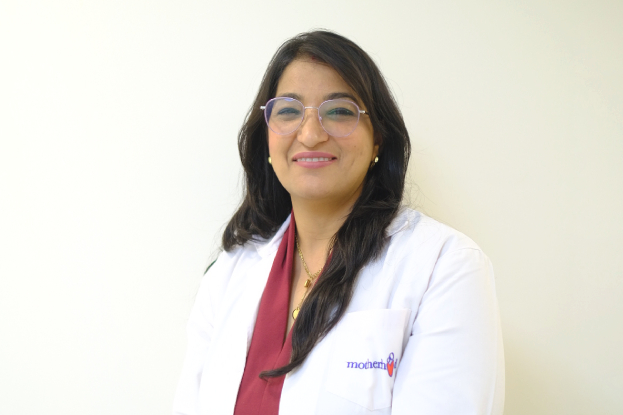Book An Appointment
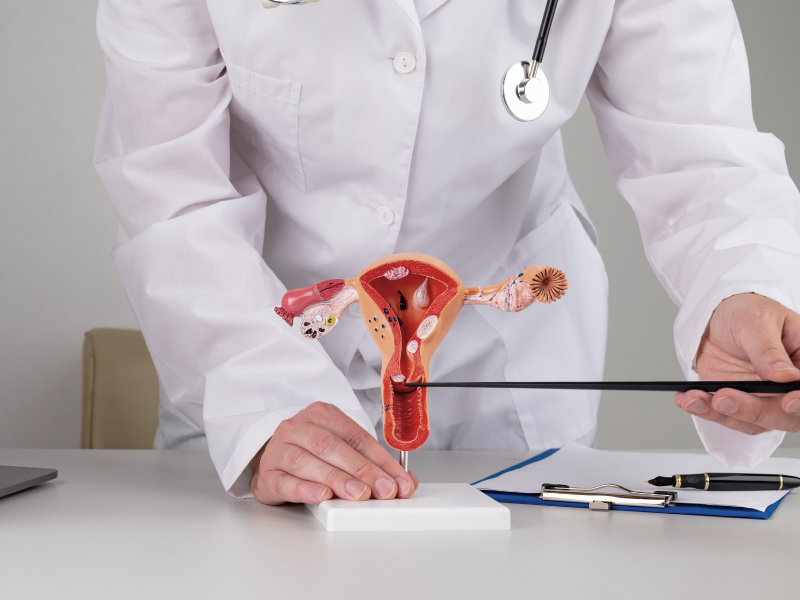
Book An Appointment
Hysteroscopy Treatment
Introduction
Types
Why would I need it?
Preparation
Process
After Hysteroscopy
Cost
Conclusion
Introduction
What is Hysteroscopy?
Hysteroscopy is a surgical treatment that allows a physician to examine the interior of your uterus to detect and treat the reasons of irregular bleeding. A hysteroscope is a narrow, lighted tube that is put into your vagina to check your cervix and the inside of your uterus. Polyps, fibroids, and adhesions can all be removed during an operational hysteroscopy.Types
Types Of Hysteroscopies
Women with PCOS do not ovulate regularly and have ovaries that contain many small cystic structures, about 2-9 mm in diameter. Women with PCOS have hormonal imbalances that lead to:
There are primarily two types of hysteroscopies –
- Diagnostic hysteroscopy – Diagnostic hysteroscopy detects structural abnormalities in your uterus that might be causing abnormal bleeding. Other procedures, such as ultrasonography or hysterosalpingography, may also be performed to corroborate the results of hysteroscopy (HSG). HSG is an X-ray dye test that determines whether your fallopian tubes are obstructed. Blocked fallopian tubes can make it difficult to conceive.
- Operational hysteroscopy – An anomaly discovered during a diagnostic hysteroscopy is treated via operational hysteroscopy. Your provider may be able to do both a diagnostic and an operational hysteroscopy at the same time, avoiding the need for a second surgery. Your surgeon will use a device during operational hysteroscopy to remove any abnormalities that may be causing abnormal uterine bleeding.
Why would I need it?
Why would I need a hysteroscopy?
Hysteroscopy is generally used to diagnose and treat diseases that result in abnormal uterine bleeding, excessive menstrual bleeding, irregular spotting between cycles, and menopausal bleeding.
Hysteroscopy may be used by your doctor to diagnose and treat the following uterine conditions:
- Polyps and fibroids: These uterine structural abnormalities are detected and removed through hysteroscopy. A hysteroscopy polypectomy is the surgical excision of a polyp. A hysteroscopy myomectomy is the surgical excision of a fibroid.
- Uterine adhesions, also known as Asherman’s syndrome, are bands of scar tissue that can form in your uterus and cause alterations in menstrual flow and infertility. Hysteroscopy can assist your doctor in locating and removing adhesions.
- Septums: Hysteroscopy can help establish whether you have a uterine septum, which is a congenital abnormality of the uterus.
Hysteroscopy can also be used to:
- Determine the reason for recurrent losses or reproductive issues
- Look for an intrauterine device (IUD)
- After birth, diagnose and remove placental tissue
Preparation
How Can I Prepare for A Hysteroscopy?
You will be asked to empty your bladder and change into a hospital gown on the day of the surgery. To help you relax, you may be given anesthetic or a sedative. The sort of anesthetic you get is determined by whether the hysteroscopy will be performed in a hospital or at your surgeon’s clinic, as well as if additional procedures will be performed concurrently. You will be seated on the exam table, your legs in stirrups.
When you’re in place, your surgeon will:
- Perform a pelvic examination.
- To implant the hysteroscope, dilate (open) your cervix.
- Insert the hysteroscope into your uterus through your vagina and cervix.
- Send a liquid solution into your uterus via the hysteroscope, gently enlarging it and eliminating any blood or mucus. This procedure allows your doctor to examine your uterus, uterine lining, and fallopian tubes.
- Examine your uterine cavity and fallopian tube apertures. The light from the hysteroscope allows your surgeon to see more clearly.
Insert surgical tools into the hysteroscope to remove any unusual anomalies (if surgery is needed).
A hysteroscopy might take anything from five minutes to an hour. The length of the procedure is determined by whether it is diagnostic or surgical, as well as whether an additional procedure, such as laparoscopy, is performed concurrently. Diagnostic hysteroscopy generally takes less time than surgical hysteroscopy.
Process
What Happens During Hysteroscopy?
You will be asked to empty your bladder and change into a hospital gown on the day of the surgery. To help you relax, you may be given anesthetic or a sedative. The sort of anesthetic you get is determined by whether the hysteroscopy will be performed in a hospital or at your surgeon’s clinic, as well as if additional procedures will be performed concurrently. You will be seated on the exam table, your legs in stirrups.
When you’re in place, your surgeon will:
- To implant the hysteroscope, dilate (open) your cervix.
- Insert the hysteroscope into your uterus through your vagina and cervix.
- Send a liquid solution into your uterus via the hysteroscope, gently enlarging it and eliminating any blood or mucus. This procedure allows your doctor to examine your uterus, uterine lining, and fallopian tubes.
- Examine your uterine cavity and fallopian tube apertures. The light from the hysteroscope allows your surgeon to see more clearly.
After Hysteroscopy
What Can I Expect After a Hysteroscopy?
If you were sedated during your hysteroscopy, you may be monitored in the recovery area for many hours. You may have cramps or minor bleeding for a few days. It’s also normal to feel a little dizzy or sick just after your surgery. Hysteroscopy is considered minor surgery and does not generally necessitate an overnight hospital stay. You may be required to remain overnight if your provider is worried about your reaction to anesthetic.
Your recuperation time is determined by the extent of your procedure, such as whether your hysteroscopy was both diagnostic and surgical. People recuperating after hysterectomy are frequently advised to avoid douching, intercourse, or introducing anything into their vagina (such as tampons) for two weeks. During your rehabilitation, you may be recommended to avoid baths, swimming, and hot tubs. Follow your surgeon’s recommendations depending on your specific condition.
Contact your doctor if you experience any of the following symptoms:
- Fever
- Severe abdominal pain
- Heavy vaginal bleeding
Cost
Cost of Hysteroscopy
The average cost of operative hysteroscopy in India ranges from Rs. 15,000 to Rs. 51,000.
Conclusion
A hysteroscopy is a generally painless and safe procedure and helps those with medical conditions to achieve a successful pregnancy through IVF.
To know more about Hysteroscopy and other fertility-related treatments call us at 080-67238900 or click here to book your appointment with our top fertility specialists at Motherhood Fertility & IVF Centers.
Special Benefits:
1. Fertility & IVF treatments are cashless and covered under insurance
2. Special discount for corporate employees*
3. Empanelled with all insurance companies
4. Easy EMI options
Our Best IVF Doctors In India
Qualification: FRCS (Canada)
Fertility Specialist in Coimbatore
Qualification: FNB (Reproductive Medicine), MD (Obs & Gyn), DNB (Obs & Gyn), MNAMS, FICMCH
IVF Specialist in Kharghar, Mumbai
Qualification: MBBS, MS, FICOG, FRCOG)
Fertility Specialist in Indore
Qualification: MBBS, MS (OB&GYN)
Fertility Specialist in Coimbatore
Qualification: MBBS, MD OBG, FRCOG, CCT
Fertility Specialist in Hebbal, Bangalore
Qualification: MBBS, MD (OBG), DNB (OBG), DM (Reproductive Medicine), Ex Senior resident (AIIMS, New Delhi)
Fertility Specialist in kothanur, Bangalore
Qualification: MBBS, DGO, Fellowship in Reproductive Medicine
Fertility Specialist in Banashankari, Bangalore
Qualification: MBBS, DGO, DNB, MCh (Reproductive Medicine & Surgery)
Fertility Specialist in Indore
Qualification: MBBS , MS – OBG , Fellowship in Reproductive Medicine , Fellowship & Diploma In Minimal Access Surgery.
Fertility Specialist in HRBR Layout, Bangalore
Qualification: MBBS, DGO, DNB,FRM (Fellowship Reproductive management)
Associate Fertility Consultant in HRBR Layout, Bangalore
Qualification: MBBS, MD (Obs & Gynae)
Fertility Specialist in Sector 43, Chandigarh and Mohali
Qualification: MD, Masters in Maternal and Fetal Medicine (Spain)
IVF Specialist in Sector 43, Chandigarh
Qualification: MBBS, MS, MRCOG, ART Training Consultant – Reproductive Medicine
Fertility Specialist in Chennai
Qualification: MBBS, DNB(OBGN)
Fertility Specialist in Banashankari, Bangalore
Qualification: MBBS, M.S.OBGY, M.MAS, PGDS, Fellowship in Reproductive Medicine ( Singapore)
Fertility Specialist in Noida
Qualification: MBBS, MS – Obstetrics & Gynaecology, DNB(OBGY), Fellowship in Reproductive Medicine
Fertility Specialist in Noida
Qualification: MBBS, MS (OG), Fellowship in Reproductive Medicine
Fertility Specialist in Coimbatore
Qualification: MBBS, MD (AIIMS, Delhi), DNB, FRM, FMAS
Fertility Specialist in Banashankari & Indiranagar Bangalore
Qualification: MD(OG), Poster Doctoral fellowship in Reproductive medicine
Fertility Specialist in Coimbatore
Qualification: MBBS, MS, DNB, FRM, DRM
IVF Specialist in Sarjapur, Bangalore
Qualification: MBBS , MD – Obstetrics & Gynaecology
Fertility Specialist in Whitefield, Bangalore
Qualification: MBBS , MS (OBG) , FRM (Fellowship in Reproductive Medicine)
Infertility Specialist in Electronic City, Bangalore
Qualification: MBBS , MBBS , DNB -OBG, MRCOG, Fellowship in Reproductive Medicine
Fertility Specialist in Whitefield, Bangalore
Qualification: MBBS, MS – Obstetrics & Gynaecology
Fertility Specialist in Gurgaon
Qualification: MBBS, MD, DNB, MNAMS, MRCOG (1), FMAS, DCR
Fertility Specialist in Gurgaon
Qualification: MBBS, MS(OBG)
IVF Specialist in Mysore
Qualification: MBBS, DNS(OBG), CCEBDM
IVF Specialist in Mysore
Relevant Videos
Related Services
First step towards infertility is correct diagnosis and NOT treatment.
FAQs
You may have minor cramps and bleeding or even feel dizzy after a hysteroscopy. However, if you get fever, severe abdominal pain or have heavy vaginal bleeding, you must contact your doctor.
A hysteroscopy doesn’t cause severe pain for all women, it is only mildly painful and for a lot of women there is no pain.
A hysteroscopy is generally very safe, but like any procedure there is a small risk of complications. The risk is higher for women who have treatment during a hysteroscopy.






